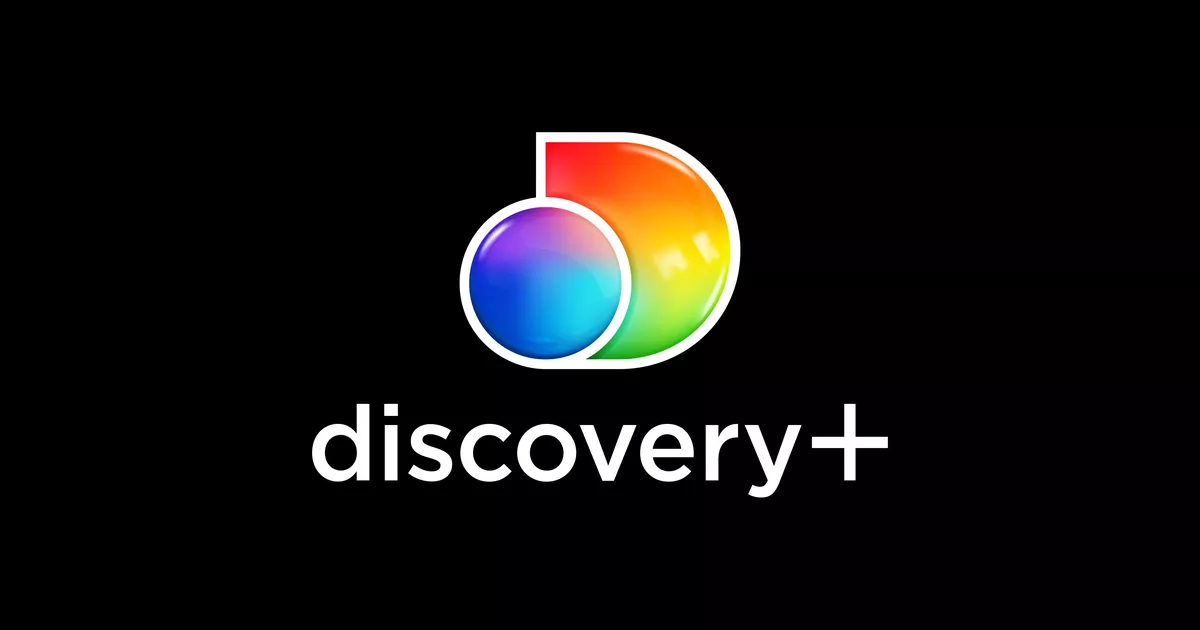
After more than 40 years of operation, DTVE is closing its doors and our website will no longer be updated daily. Thank you for all of your support.
Discovery ups discovery+ cost and adds ‘ad-lite’ offering

Discovery has revealed plans to introduce an ‘ad-lite’ version of its streaming service, discovery+ in the UK.
The company will divide its streaming platform between two offerings starting from £3.99 per month or £39.99 per year, while the ad-free option is getting a price increase.
Dubbed the ‘discovery+ Entertainment Pass’, the cheaper tier will offer access to the streamer’s unscripted content with advertising. It does not include access to discovery+’s sports content, including its coverage of the winter and summer Olympics.
Sports content is reserved for the premium ‘discovery+ Entertainment & Sport Pass’, which replaces the existing standard ad-free subscription.
This reshuffle comes with an increased price for the ad-free discovery+. The streamer, which currently costs £4.99 per month or £49.99 per year, is increasing to £6.99 per month or £59.99 per year.
James Gibbons, EVP, GM UK and Nordics, Discovery, Inc., said: “We are pleased to outline our ‘Ad-Lite’ proposition in the UK and Ireland for discovery+, following the successful roll-out for Discovery in the US. Increased SVOD stacking is driving interest in ad-supported options globally and, as the market only gets more competitive, we want to offer UK consumers that same choice and value through discovery+.
“We know there is an appetite for choice amongst our users as research shows us nearly three quarters of discovery+ subscribers are open to seeing adverts if it means a reduction in price and we look forward to launching our new offering in response.”
Katie Coteman, VP head of advertising and partnerships Discovery Networks UK & Ireland, added: “The move to an ‘Ad-Lite’ proposition for discovery+ in the UK will offer brands omnichannel solutions that reach highly engaged, passionate superfans. As a premium media owner, it’s our responsibility to ensure we are delivering the best possible ad experience to users while ensuring buyers have optimum opportunities to buy against their desired audiences.”


